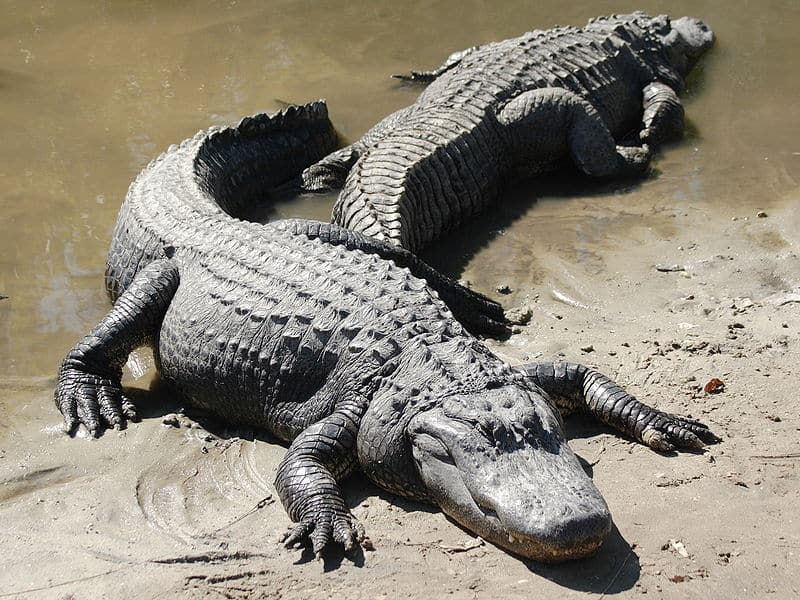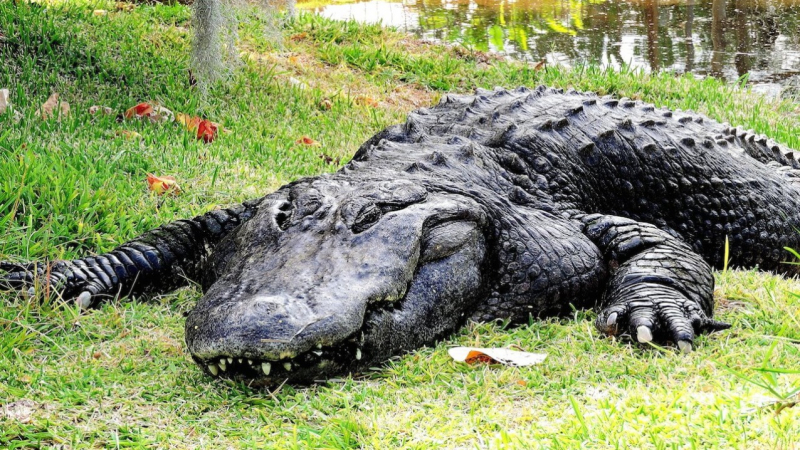Alligator
Alligators are enormous carnivorous reptiles found in freshwater lakes, rivers, and swamps in the United States, Mexico, and China. The most visible distinction between them and crocodiles is their snout form, which is normally black or greenish-brown with white undersides. Crocodiles have a thin and pointed nose, but alligators have a considerably shorter and rounder snout. Their nose has incredible power, allowing them to crush prey like turtles and small animals. During digestion, the alligator circulates blood through a special vessel that does not pass through the lungs called the left aorta. Humans, other mammals, and birds lack this special vascularity which makes their stomachs special and it can't be wrong to be on the list of the animals with multiple stomachs.
Alligators have two stomachs, one for eating and one for digesting their prey. The first half contains gastroliths (stones) to grind up the meal, while the second part is very acidic to break down the remaining food so that it may be digested. An adult crocodile can go without food for 3-4 months without feeling hungry, there are even some recorded cases of crocodiles that can survive for a whole year without food.
Digestive System: Two Stomach Chambers












